The Early Days: A Coral Limestone Island
Barbados, formed around one million years ago, is a coral limestone island that emerged from the ocean floor. But that is only the beginning of Barbados’ landscape history.
The Amerindians settled on the island for the first time between 350 and 400 AD after migrating from South America. They cleared forests and established small agricultural settlements, laying the foundation for the landscape we see today…
European Influence: Discovery and Colonization

- Portuguese exploration: The island was first sighted by Portuguese explorer Pedro a Campos in 1536, and the name Barbados is derived from the Portuguese word “barbados,” meaning “bearded ones,” possibly referring to the island’s bearded fig trees.
- British colonization: In 1625, the British claimed Barbados, and colonization began in 1627. They introduced sugar plantations, which became the backbone of the island’s economy and transformed the landscape.
Sugar, Slavery, and a Changing Landscape
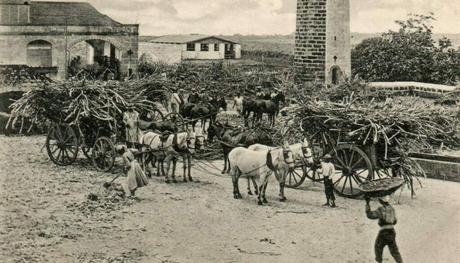
The fast growth of sugar plantations during the 17th and 18th centuries led to extensive deforestation and a considerable alteration in the island’s topography.
With the expansion of sugar plantations, the British brought in African slaves to work the land. Their labor and African cultural practices left a lasting impact on the island’s landscape and cultural heritage.
The Decline of the Sugar Industry and Emancipation
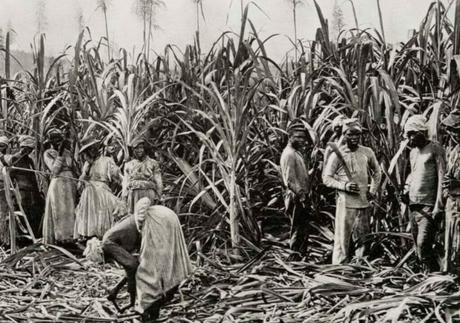
Emancipation
In Barbados, slavery was outlawed in 1834, and former slaves were set free a year later in 1838. The island’s landscape changed again as newly freed people established their own small-scale farming plots.
Decline of the sugar industry
By the late 19th and early 20th centuries, the sugar business started to decline due to heightened competition and declining profitability. Many sugar plantations were abandoned, leading to the gradual reforestation of the island.
The Evolution of Agriculture: Beyond Sugar

The sugar business significantly shaped Barbados’s terrain, but the island has a long history of using a variety of agricultural techniques.
From the early Amerindian settlers cultivating crops like cassava and sweet potatoes, to the introduction of cotton and tobacco by Europeans, and the more recent focus on modern sustainable farming practices, agriculture has continually evolved in response to the island’s changing needs and global market demands.
Key Landmarks: Windows to the Past
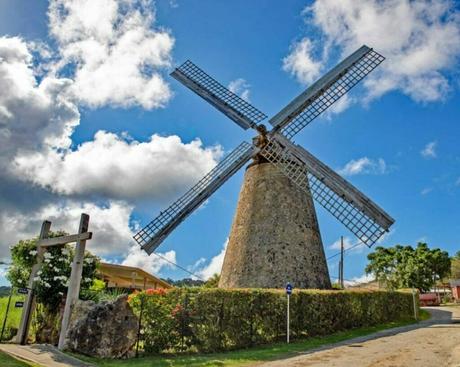
Several key landmarks and sites on the island showcase different aspects of Barbados’ landscape history. Some notable examples include:
- The Morgan Lewis Sugar Mill, one of the last intact wind-powered sugar mills in the Caribbean, serves as a reminder of the island’s plantation history.
- Harrison’s Cave, a breathtaking crystallized limestone cavern, showcases the geological marvels of the island’s coral limestone formation.
- Andromeda Botanic Gardens, established in 1954, highlights the island’s diverse flora, including both indigenous and introduced species.
Indigenous Flora and Fauna: Nature’s Rich Tapestry

Various native plants and animals, some of which are unique to Barbados, can be found there. The island’s changing landscape has had a significant impact on these species.
As deforestation occurred during the sugar plantation era, many native species lost their habitats. However, with the decline of the sugar industry and the subsequent reforestation, some species have experienced a resurgence.
Cultural Practices: Melding Traditions
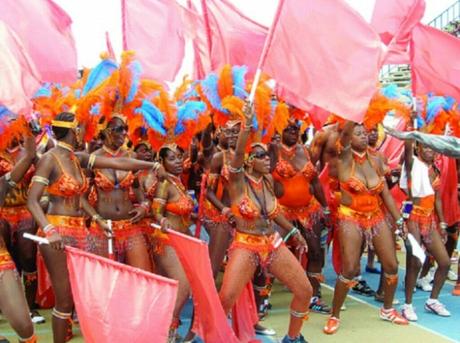
Throughout its history, Barbados has been influenced by various cultural practices brought by different settlers.
The Amerindians, Europeans, and Africans all left their mark on the island’s landscape through agriculture, architecture, and land use. This cultural melding is still evident today in the island’s unique blend of traditions, which can be seen in its beautiful chattel houses and vibrant local festivals.
Tourism and Urbanization: A New Era
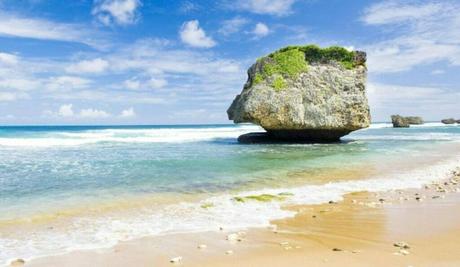
Development of the tourism industry
Barbados looked to tourism as a new source of income once the sugar economy started to deteriorate. The island’s stunning beaches, pleasant climate, and fascinating history drew tourists from all over the world.
Urbanization
Urbanization on the island accelerated along with the tourism industry’s growth. The capital city, Bridgetown, expanded, and new coastal developments reshaped the landscape to cater to the growing number of tourists.
Barbados Tourism Industry: A Double-Edged Sword
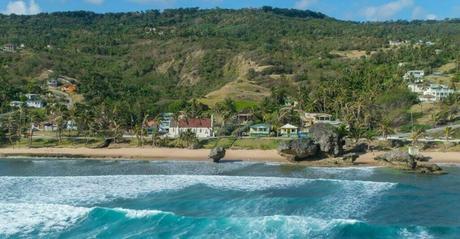
The tourism industry has been instrumental in shaping Barbados’ landscape, both positively and negatively.
On the one hand, the expansion of tourism has resulted in large investments in infrastructure, generating work and strengthening the island’s economy.
The industry has also raised global awareness of Barbados’ unique environment and cultural heritage, generating demand for responsible tourism and eco-friendly experiences.
However, difficulties have also been brought about by the tourism sector’s quick growth. The island’s shoreline has changed, and natural ecosystems have been lost as a result of overdevelopment in some coastal locations.
The rising number of visitors also strains the island’s natural resources, including its energy and water supplies.
Addressing Challenges and Fostering Collaboration
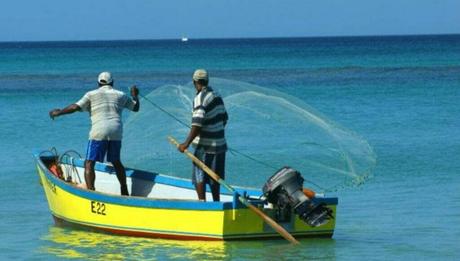
Addressing the challenges faced by both the tourism industry and local communities in preserving Barbados’ landscape requires a collaborative approach.
To design and implement sustainable tourism strategies, this includes promoting communication between the travel and tourism sector, local communities, and government organizations.
Additionally, offering local communities education and training programs will improve their knowledge of sustainable practices, conservation, and ecotourism.
Finally, it is crucial to create laws and policies that support local communities’ welfare, encourage responsible development, and safeguard the island’s natural resources.
Local Communities: Guardians of the Landscape

Local communities play a vital role in preserving and maintaining Barbados’ landscape. They possess invaluable knowledge of the island’s natural environment and cultural heritage, and their involvement in conservation and sustainability efforts is crucial. Some of the ways local communities contribute to preserving the island’s unique environment include:
- Participating in community-based tourism initiatives that promote sustainable practices and directly benefit the local population.
- Engaging in traditional and sustainable farming practices, which help maintain the island’s agricultural landscape and promote food security.
- Taking part in conservation initiatives including beach clean-ups, reforestation programs, and the preservation of endangered species and their ecosystems.
Climate Change: Facing New Challenges
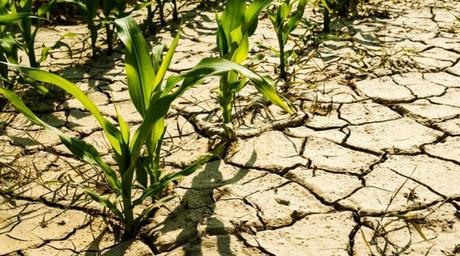
The effects of climate change on Barbados’ landscape have become more obvious in recent years. Beautiful beaches and ecosystems on the island are at risk from rising sea levels and coastal erosion, and infrastructure and agriculture are at risk from more severe weather events like hurricanes.
The government and local organizations are working together to implement adaptive strategies and mitigation measures to safeguard the island’s future.
Modern Barbados: Balancing Development and Conservation
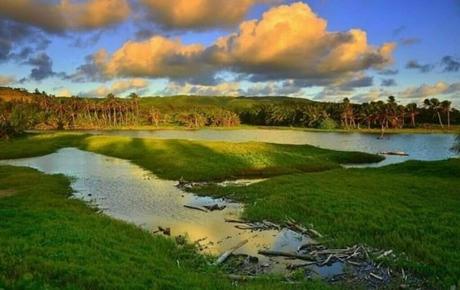
Balancing Development and Conservation: Today, Barbados faces the challenge of balancing development and conservation to preserve its unique landscape and ecology.
Conservation Efforts: The island’s natural resources and cultural legacy are being protected by the government and neighborhood organizations. Initiatives such as the Barbados National Park and the Graeme Hall Nature Sanctuary help to preserve the island’s natural beauty for future generations.
FAQ
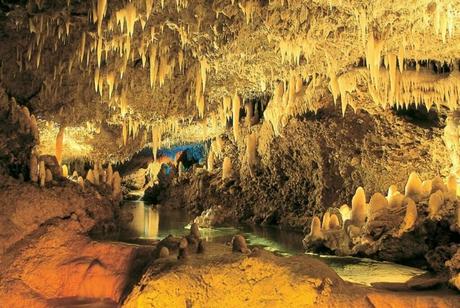
What Is Barbados Landscape?
Barbados’ landscape is characterized by a diverse terrain featuring gently sloping hills, limestone cliffs, and beautiful beaches. The island is a coral limestone formation, which has shaped its unique geography, including underground caves and aquifers.
What Is The Modern History Of Barbados?
Barbados’ modern history has been shaped by the island’s attempts to adapt to climate change, the growth of tourism, and the loss of the sugar industry. Post-independence, the country has shifted its economic focus to tourism and services, while also working on sustainable development initiatives.
What Are The Effects Of Climate Change In Barbados?
Climate change impacts Barbados through rising sea levels, coastal erosion, and more intense weather events. These changes threaten the island’s beaches, ecosystems, infrastructure, and agriculture, prompting the government and local organizations to implement adaptive strategies and mitigation measures.
What Is The History Of Barbados Barbados?
The history of Barbados spans from its early Amerindian settlements, through European colonization and the sugar plantation era, to its present-day focus on tourism. The island’s geography, ecology, and cultural heritage have all seen considerable changes over the course of its history.
Did Barbados Have A Revolution?
Barbados did not go through a revolution like those in other nations, but during the 20th century, it underwent substantial social and political changes. Following a slow and peaceful transition to self-government, the island won its independence from Britain in 1966.
Is Barbados A Developed Or Developing Country?
Barbados is regarded as a developing nation even though it has made considerable advancements in fields like social services, healthcare, and education. The island has a high Human Development Index (HDI) and is a high-income country according to the World Bank, although it still has issues with environmental sustainability and economic diversification.
Conclusion: Reflecting on Barbados’ Rich Landscape History
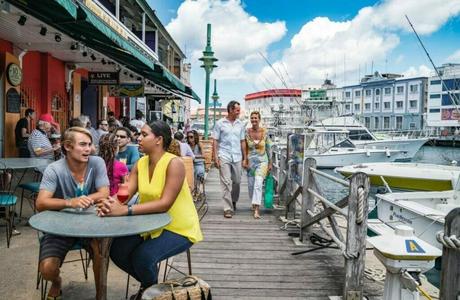
It is crucial to keep in mind the rich history that has molded the island’s geography and cultural heritage as we continue to discover and savor Barbados’ beauty. By understanding and appreciating the past, we can better work towards preserving this island paradise for generations to come.
Take a moment to consider the extraordinary journey that has sculpted Barbados’ distinctive and alluring terrain the next time you find yourself touring the stunning beaches, discovering the lush green forests, or strolling through Bridgetown’s busy streets.

